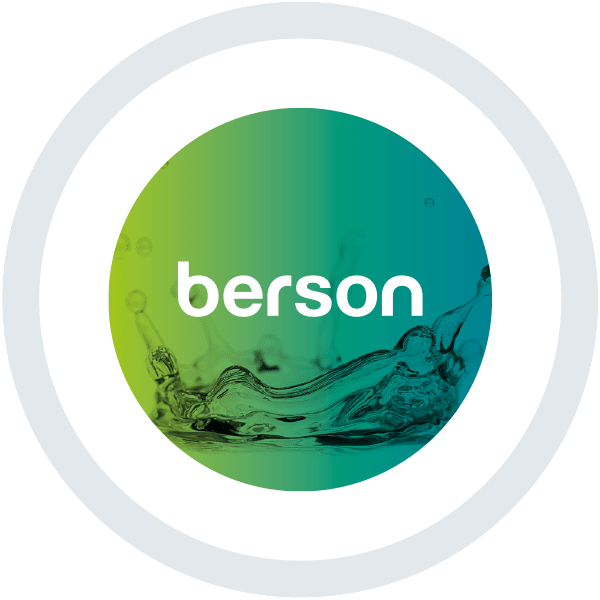Legionella in building water systems (Part 1: Overview and Regulation)
By Saumya Garg
The past few weeks have seen a sudden surge in cases reporting the presence of Legionella bacteria in a variety of water sources, from hot tubs to cooling towers, spread across the country. The cooling towers at the McGuire Veterans Affairs Medical Center in South Richmond, VA tested positive for Legionella bacteria. Two guests at a popular lodge in Sauk County, WI contracted Legionnaire’s disease, resulting in the temporary closure of the lodge. Elevated levels of Legionella colonies were reported in the cooling towers of nine schools in Howard County, Maryland. Washington DC based St Elizabeth Hospital had to operate without potable water for nearly a month after Legionella was discovered in its water system. Four people died and 140 hospitalized after contracting the bacteria through hot tubs displayed at the North Carolina Mountain State Fair. In fact, the latest CDC report states that 9,933 cases of Legionellosis were reported in 2018, an increase of 18.8% from the previous year.
The Legionella bacteria is naturally present in fresh water giving it unrestricted access to our water systems. The bacteria’s particularly dangerous species is Legionella pneumophila that causes Legionnaire’s disease. When an individual inhales droplets of contaminated water, the bacteria enter their lungs and cause pneumonia. Fluid builds up in the lungs creating difficulty in breathing.
Two key factors contribute to an increase in the bacteria’s colonies:
- Temperatures between 77- and 108-degrees Fahrenheit; and
- Stagnant water in pipes.
Both these factors can be easily controlled by adequate cleaning and maintenance of a buildings’ water system. As a result, the onus of Legionella control lies with the building management.
The American Society of Heating, Refrigerating and Air-Conditioning Engineers (ASHRAE) has outlined a 7-step water management program as part of its standards and guidelines (ANSI/ASHRAE Standard 188-2018) for managing Legionella risks for building water systems. ASHRAE provides further guidance on compliance requirements and building codes that can be utilized by personnel involved in building water system design, construction and maintenance. In June 2017, CMS (Centers for Medicare & Medicaid Services) mandated that healthcare facilities follow ASHRAE-compliant water management programs to reduce Legionella and other pathogens in their water systems.

If an outbreak of Legionella does occur, it is the responsibility of the state and local health departments to investigate the outbreak and eliminate the bacteria. Further, since Legionnaire’s disease is a nationally notifiable disease, the local authorities are required to report it to CDC via the National Notifiable Diseases Surveillance System (NNDSS) and the Supplemental Legionnaires’ Disease Surveillance System (SLDSS). Although the outbreaks are reported to CDC, the organization gets actively involved only when the local authorities reach out. However, CDC plays a pivotal role in providing guidance and training to all personnel involved in Legionella control, from building water maintenance to state and public health officers.
It has been found that the most vulnerable places for Legionella’s accumulation in a building’s water system are air conditioning cooling towers, decorative fountains, hot tubs and showerheads, as they may cause aerosolization of water, through steam or mists. Specifically, CDC investigations reflect that hotels, hospitals and long-term care facilities have an increased incidence of Legionella outbreaks.
(Part 2 of this blog will discuss Control and Prevention strategies for the Legionella bacteria)









